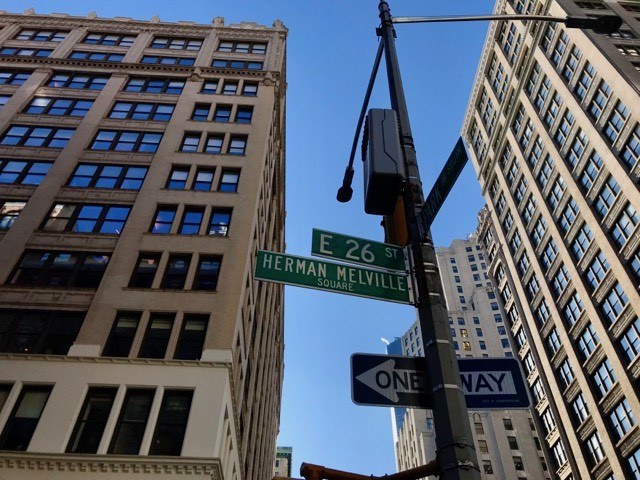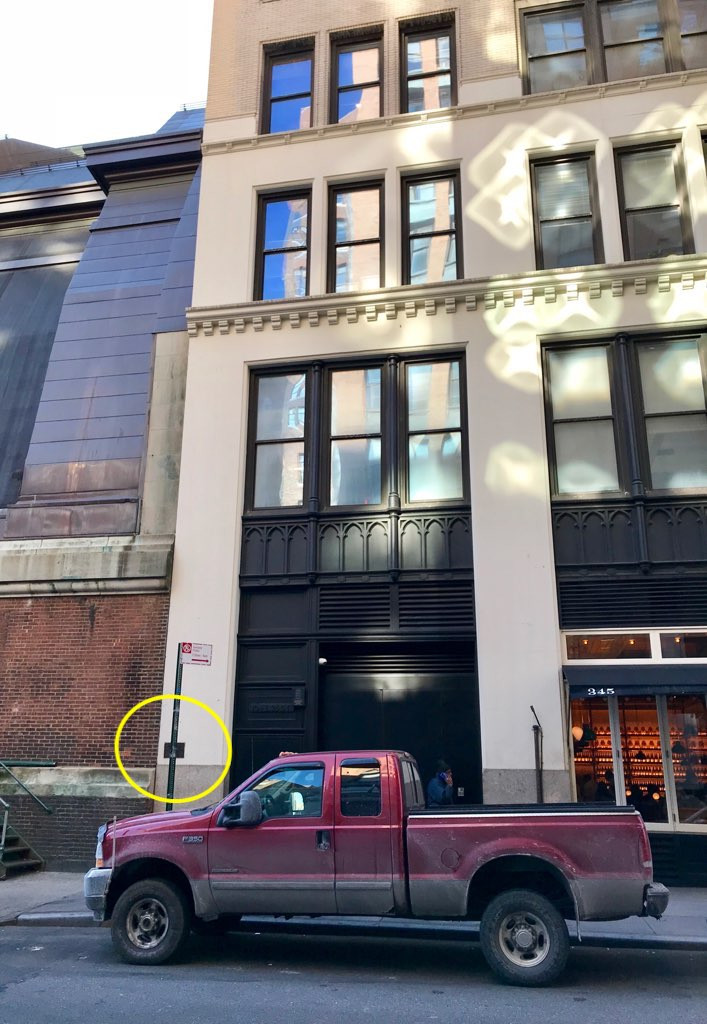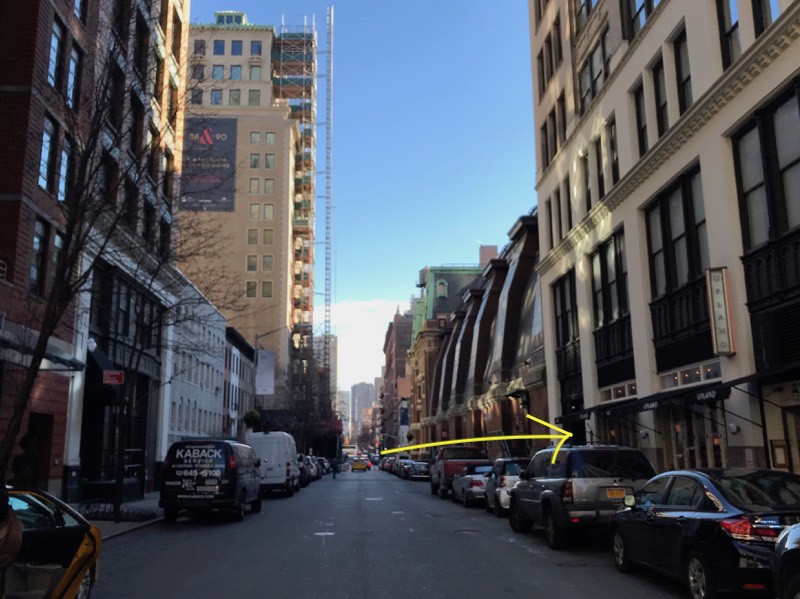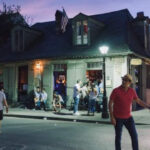Walking through the vibrant streets of Manhattan, one can stumble upon hidden gems of history around almost every corner. For literary enthusiasts, these discoveries can be particularly thrilling, connecting us to the lives and legacies of our favorite authors. Following a spontaneous urge to explore, I recently found myself on a quest that led me to a significant, yet understated, piece of literary history on 26th Street: a plaque commemorating the residence of Herman Melville.
My journey began with a visit to Melville’s home in the Berkshires, Arrowhead, the very place where he penned the masterpiece Moby Dick. Standing in his study, surrounded by the echoes of literary creation, sparked a deeper curiosity about Melville’s life beyond this rural retreat. Later, a somewhat unplanned trip to Manhattan presented the perfect opportunity to delve further. My initial goal was simple: to find a copy of E.M. Forster’s Maurice at the legendary Strand Bookstore. However, as often happens in the serendipitous tapestry of city exploration, my path diverged into something far more historically resonant.
Walking from Grand Central towards The Strand, a familiar street name caught my eye – “Herman Melville Square.” I recalled seeing it on a previous walk but hadn’t had the time to investigate. This time, armed with curiosity and a thankfully mending foot, I decided to explore. Turning onto 26th Street, I was immediately rewarded.
 Herman Melville Square Street Sign (WildmooBooks.com)
Herman Melville Square Street Sign (WildmooBooks.com)
There, on the right-hand side, nestled amongst the modern cityscape, was a plaque. It was a modest marker, easily missed amidst the hustle and bustle, but for a Melville admirer, it was a powerful discovery.
 Herman Melville 104 East 26th Street Plaque (WildmooBooks.com)
Herman Melville 104 East 26th Street Plaque (WildmooBooks.com)
The inscription read simply and eloquently: “Herman Melville, The American Author, Resided from 1863-1891 at this site 104 East 26th Street Where he wrote Billy Budd Among other works.” This small bronze marker pinpointed a significant chapter in Melville’s life, his New York years. After the initial lukewarm reception of Moby Dick and facing financial pressures, Melville moved his family to Manhattan in 1863 and took a position as a customs inspector. It was at 104 East 26th Street that he resided for nearly three decades, a period that, while less romanticized than his whaling days, was nonetheless crucial to his literary output.
 Herman Melville 26th Street, Manhattan (WildmooBooks.com)
Herman Melville 26th Street, Manhattan (WildmooBooks.com)
While the plaque marks the site of his home rather than the original building itself, standing on 26th Street and knowing that Melville walked these very blocks, breathed this city air, and perhaps found inspiration in the urban landscape, is a compelling experience. It bridges the gap between the legendary author and the tangible reality of his daily life. Imagine Melville walking down 26th Street on his way to his customs job, or returning home after a day’s work to write in his Manhattan residence.
 Herman Melville 26th Street, Manhattan (WildmooBooks.com)
Herman Melville 26th Street, Manhattan (WildmooBooks.com)
An interesting New York Times article from 1982, which details the plaque’s dedication, sheds light on the perception of Melville’s later years. Some academics at the time seemed to view his customs inspector job with a degree of pity, a perceived fall from literary grace. However, this perspective overlooks the reality of a working writer supporting his family. Melville’s time on 26th Street, though perhaps less romantic than his seafaring adventures, was a productive period, culminating in works like Billy Budd.
Discovering this plaque on 26th Street serves as a reminder that literary history is not confined to grand estates or preserved museums. It’s woven into the fabric of our cities, waiting to be found in unassuming corners. For anyone interested in Herman Melville, a visit to 26th Street in Manhattan offers a unique opportunity to connect with the author beyond the pages of his novels and walk a path he once trod.
And for those seeking further immersion in the world of Moby Dick, don’t miss the annual Moby Dick Marathon at the New Bedford Whaling Museum and the Arrowhead Moby Dick Marathon reading event. Though I’ll be missing them this year, they are fantastic opportunities to celebrate Melville’s enduring legacy.

